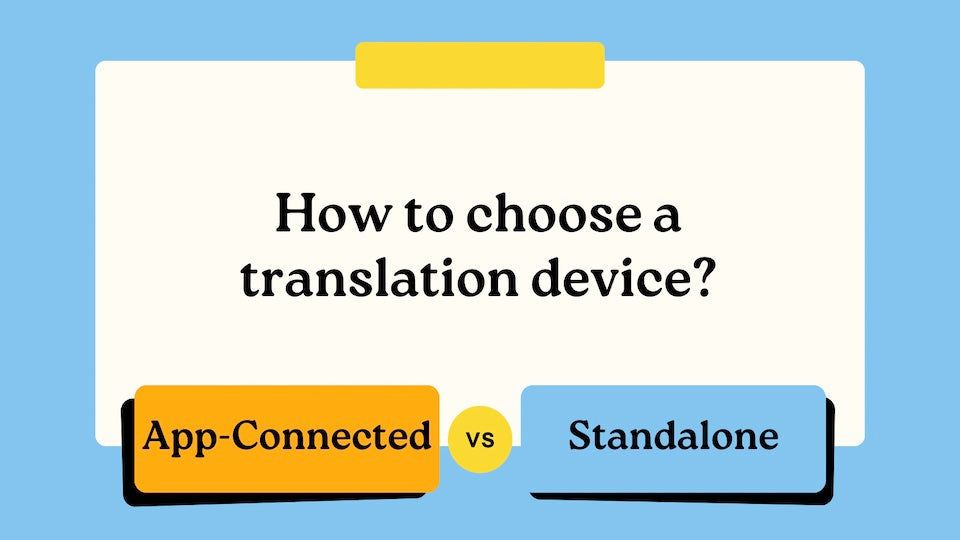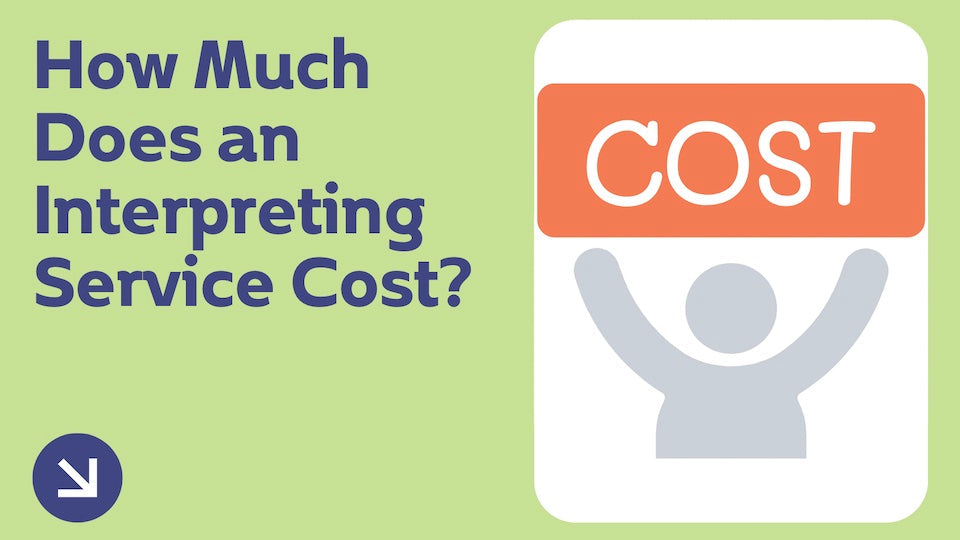
9 Easiest Languages For English Speakers To Learn
Learning a new language is fun but scary. As an English speaker you might wonder which languages are easiest to learn. Every language has its challenges but some are more similar to English so are easier for beginners.
In my years of language learning I’ve seen how choosing the right language can boost motivation and progress. Let’s look at the factors that make a language easier to learn and count down the top 9 easiest for English speakers.
What Makes a Language "Easy" to Learn?

Before we get started, let’s talk about what “easy” really means. No language is simple. All languages have grammar, vocabulary and pronunciation that can be tricky. But some languages are easier for English speakers to learn because of a few key reasons:
-
Linguistic Relationship:
Languages that are part of the same family as English (like Germanic or Romance languages) often have similar grammar and words. This can make them feel more natural to English speakers. For example, Dutch and Norwegian are Germanic languages with many words that look like English words, so it’s easier to learn new vocabulary.
-
Shared Alphabet:
Languages that use the Latin alphabet (like English does) are usually easier to read and write. If the alphabet is the same, you don’t have to learn a whole new writing system. Spanish and Italian use the same letters as English, so the early stages of learning are less daunting.
-
Familiar Vocabulary:
Some languages have lots of cognates—words that look and sound like English words. This helps you learn vocabulary faster. French has thousands of words that are similar to English because both languages share many Latin roots.
-
Grammatical Simplicity:
Some languages have simpler grammar with fewer rules. This can make them easier, especially for beginners. For example, Indonesian doesn’t have verb conjugations or grammatical gender, so it’s more straightforward to learn.
-
Exposure:
If you see or hear a language often in movies, music, food or daily life, it feels more familiar. The more you’re exposed to a language, the more chances you have to practice. Spanish is a good example—it’s everywhere in media and culture, so you have many ways to learn and use it.
Remember, the “easiest” language for you will depend on what you like, how you learn best and your goals. Now, let’s get to the 9 easiest languages for English speakers to learn!
9. The Most Accessible Languages for English Speakers
9. Swahili
Time to learn: 24–36 weeks
Swahili might not be on your radar, but it has some great benefits for English speakers:
-
Easy to pronounce because it’s spelled as it sounds. Once you learn the basic sounds, you can read and say words correctly.
-
Many English loanwords (like “computer” is “kompyuta”) make learning new words easier. A lot of these words are about modern things you already know.
-
Simple grammar with fewer rules and exceptions than many other languages. This means you can focus on learning new words and having conversations.
Swahili is spoken in East Africa, including Kenya, Tanzania and Uganda. Learning it is useful if you want to travel there or learn about their cultures.
8. French
Time to learn: 24–30 weeks
French might seem hard because of the pronunciation, but it’s actually very similar to English:
-
Thousands of cognates (words that are the same in both languages), like “intelligence” and “action,” make learning vocabulary easier.
-
Familiar sentence structure (subject–verb–object) helps you form sentences and read texts more easily.
-
Cultural exposure through food, fashion, art and literature makes it interesting to learn and easy to find ways to practice.
French is spoken in many places, including Europe, Canada and Africa. It’s also an official language of big organizations like the United Nations.
7. Italian
Time to learn: 24–36 weeks
Italian is known for its musical sound and Roman culture:
-
Phonetic spelling means words are pronounced as they’re written, so it’s easier to speak and understand.
-
Shared vocabulary with English (like “piano” or “volcano”) gives you a head start.
-
Simple grammar compared to other Romance languages means fewer verb forms and exceptions.
Learning Italian also deepens your appreciation of art, opera and amazing food. Italy’s culture is fun to explore!
6. Indonesian
Time to learn: 36–44 weeks
Indonesian might surprise you with how easy it is:
-
Uses the Latin alphabet, so you don’t have to learn new letters.
-
No verb conjugations or gender, which makes sentences simpler to create.
-
Consistent pronunciation with predictable sounds helps you speak confidently.Indonesian is spoken by millions in Southeast Asia. It’s useful for business, travel and exploring a cool culture.
5. Portuguese
Time to learn: 24–36 weeks
Portuguese connects you to both Europe and South America:
-
Many words similar to English because of shared Latin roots.
-
More phonetic pronunciation than French or English makes it easier to speak.
-
Cultural exposure through Brazilian music, dance and art provides many ways to practice.
Portuguese is spoken by over 250 million people in Brazil, Portugal and parts of Africa.
4. Dutch
Estimated learning time: 24 weeks
Dutch is very similar to English:
-
Same vocabulary (e.g. “water” is “water” in both languages).
-
Familiar grammar with rules similar to English.
-
Easy pronunciation with consistent sounds.
Dutch is spoken in the Netherlands and parts of Belgium. Useful if you want to live or travel there and understand their culture.
3. Spanish
Estimated learning time: 24 weeks
Spanish is one of the best languages for English speakers:
-
Phonetic spelling and clear rules.
-
Lots of shared words due to Latin roots.
-
Global popularity means many opportunities to practice—through TV, music and travel.
Spanish is spoken by over 500 million people in 21 countries. Very practical for travel, work and making new friends.
2. Swedish
Estimated learning time: 24 weeks
Swedish is easier than you think:
-
Many shared words due to similar roots.
-
Similar sentence structure makes it easier to write and speak.
-
Simple grammar with fewer exceptions.
Learning Swedish also helps you understand Norwegian and Danish, so it’s easier to learn multiple Scandinavian languages.
1. Norwegian
Estimated learning time: 24 weeks
Norwegian is the easiest on this list for English speakers:
-
Very similar vocabulary and sentence structure to English.
-
Simple grammar with few verb changes.
-
Predictable pronunciation with consistent sounds.
Norwegian isn’t spoken by many people worldwide, but learning it makes it easier to understand Swedish and Danish. Great if you want to travel in Scandinavia and enjoy the culture there.
Conclusion: Your Language Learning Journey Begins
Pick one of these and you’ll feel more confident as you start your bilingual journey. Remember the “easiest” language is often the one you most want to learn. Whether you like the sound of Italian or the practicality of Spanish, each of these languages will take you on a different journey of discovery.
Ready to start your language learning adventure? Try a language app, Timekettle translation earbud or find a language exchange partner to practice with. The world of bilingualism awaits – which one will you choose? Engage with native speakers and immerse yourself in the culture and you’ll learn faster and have more fun.



















